
Pottery sherds discovered by an Israel Antiquities Authority inspector several months ago, during extensive work by the Netivei Israel – National Transport Infrastructure Company, Ltd. on the new Highway 1 project resulted in an archaeological excavation in which a previously unknown settlement from the Late Bayis Sheni period was discovered, as well as a rare hoard of coins that was found in one of its houses. The hoard, which was kept in a ceramic money box, included 114 bronze coins dating to the Year Four of the Great Revolt against the Romans. This revolt led to the destruction of the Temple on Tisha B’Av (the ninth day of the month of Av) c. 2,000 years ago.
According to Pablo Betzer and Eyal Marco, excavation directors on behalf of the Israel Antiquities Authority, “The hoard, which appears to have been buried several months prior to the fall of Jerusalem, provides us with a glimpse into the lives of Jews living on the outskirts of Jerusalem at the end of the rebellion. Evidently someone here feared the end was approaching and hid his property, perhaps in the hope of collecting it later when calm was restored to the region”. All of the coins are stamped on one side with a chalice and the Hebrew inscription “To the Redemption of Zion” and on the other side with a motif that includes a bundle of lulav between two esrogs. Around this is the Hebrew inscription “Year Four”, that is, the fourth year of the Great Revolt of the Jews against the Romans (69/70 CE).
The hoard was concealed in the corner of a room, perhaps inside a wall niche or buried in the floor. Two other rooms and a courtyard belonging to the same building were exposed during the course of the archaeological excavation. The structure was built in the first century BCE and was destroyed in 69 or 70 CE when the Romans were suppressing the Great Revolt. Early in the second century CE part of the building was reinhabited for a brief period, which culminated in the destruction of the Jewish settlement in Judea as a result of the Bar Kochba rebellion. This is attested to by three complete jars that were discovered embedded in the courtyard floor.
It seems that the residents of this village, like most of the Jewish villages in Judea, were active participants in both of the major uprisings against the Romans – the Great Revolt and the Bar Kochba Revolt. As a result of their involvement the place was destroyed twice, and was not resettled.
The Israel Antiquities Authority and Netivei Israel Company are examining the possibility of preserving the village remains within the framework of the landscape development alongside the highway.

PHOTOS:
1. The hoard as it was found in the excavation.
2. Pablo Betzer, IAA District Archaeologist for Judah, with a coin from the Year Four of the Great Revolt.
(YWN – Israel Desk, Jerusalem)

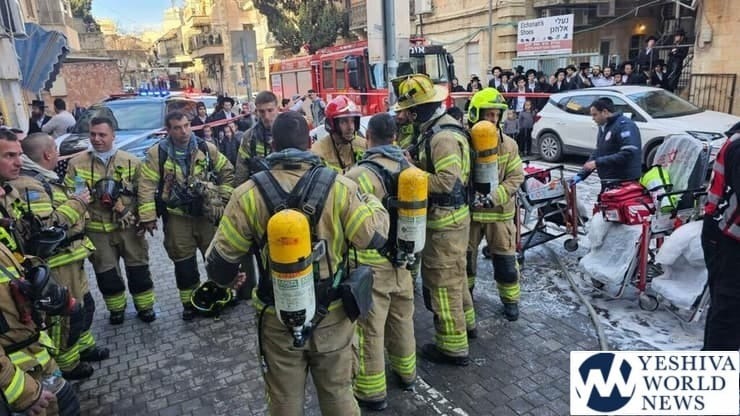

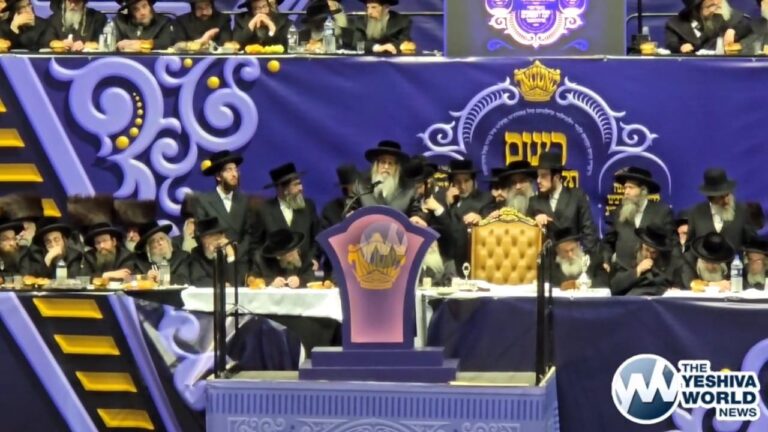


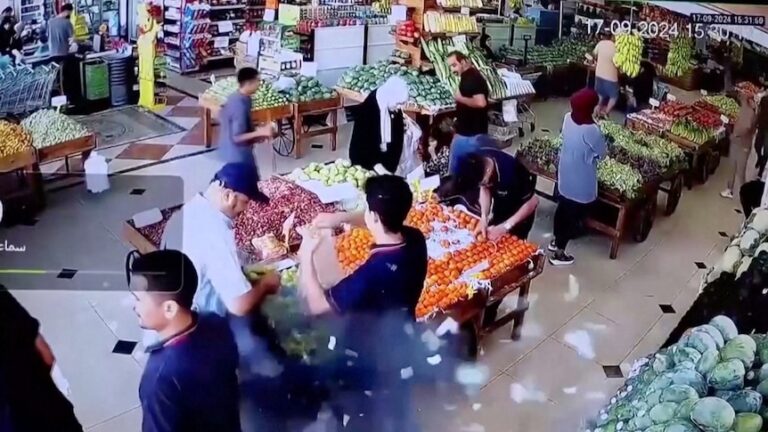

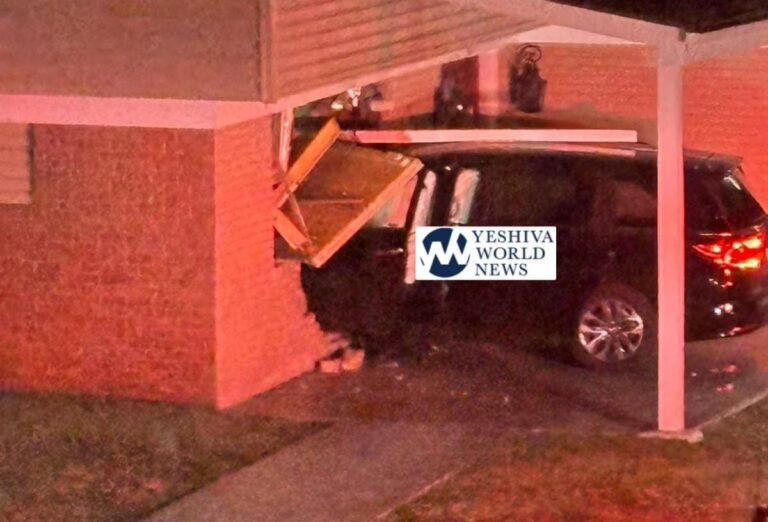

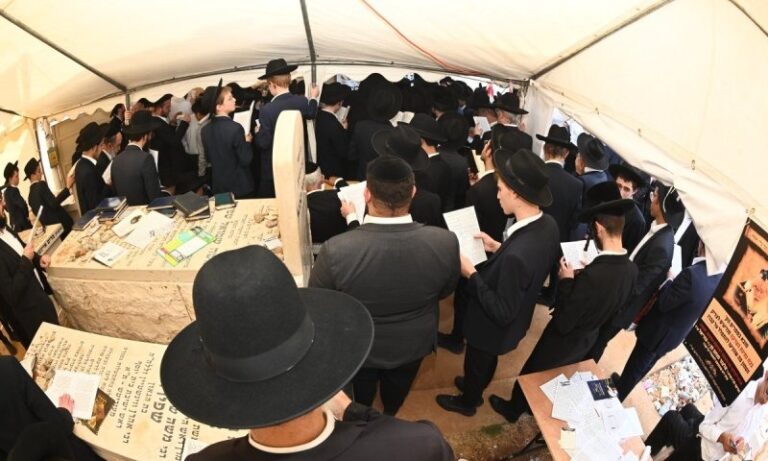
3 Responses
Absolutely amazing.
Perhaps these archeologists don’t realize that we mustn’t touch what isn’t ours. 1,946 years ago a Jew tried to safely hide his posessions. Clearly he wasn’t מייאש, i.e. give up hope oc recovering it, amd the fact he is no,longer alive does not make it finder’s keepers. Or perhaps these so Jewishly proud Zionist don’t seem to care…
Rueven fogel are you really serious he wasn’t miyayish the guy left the world crying out loid